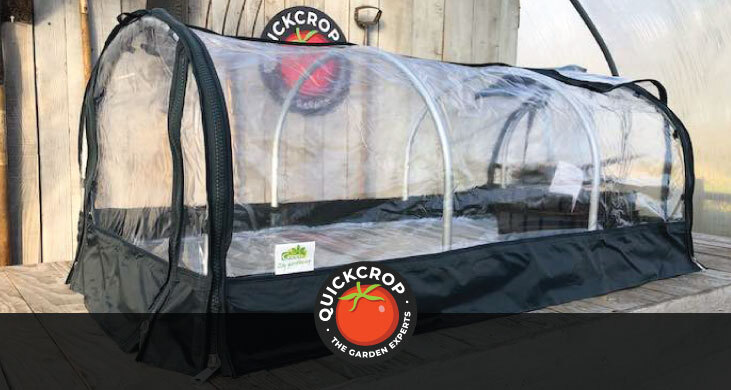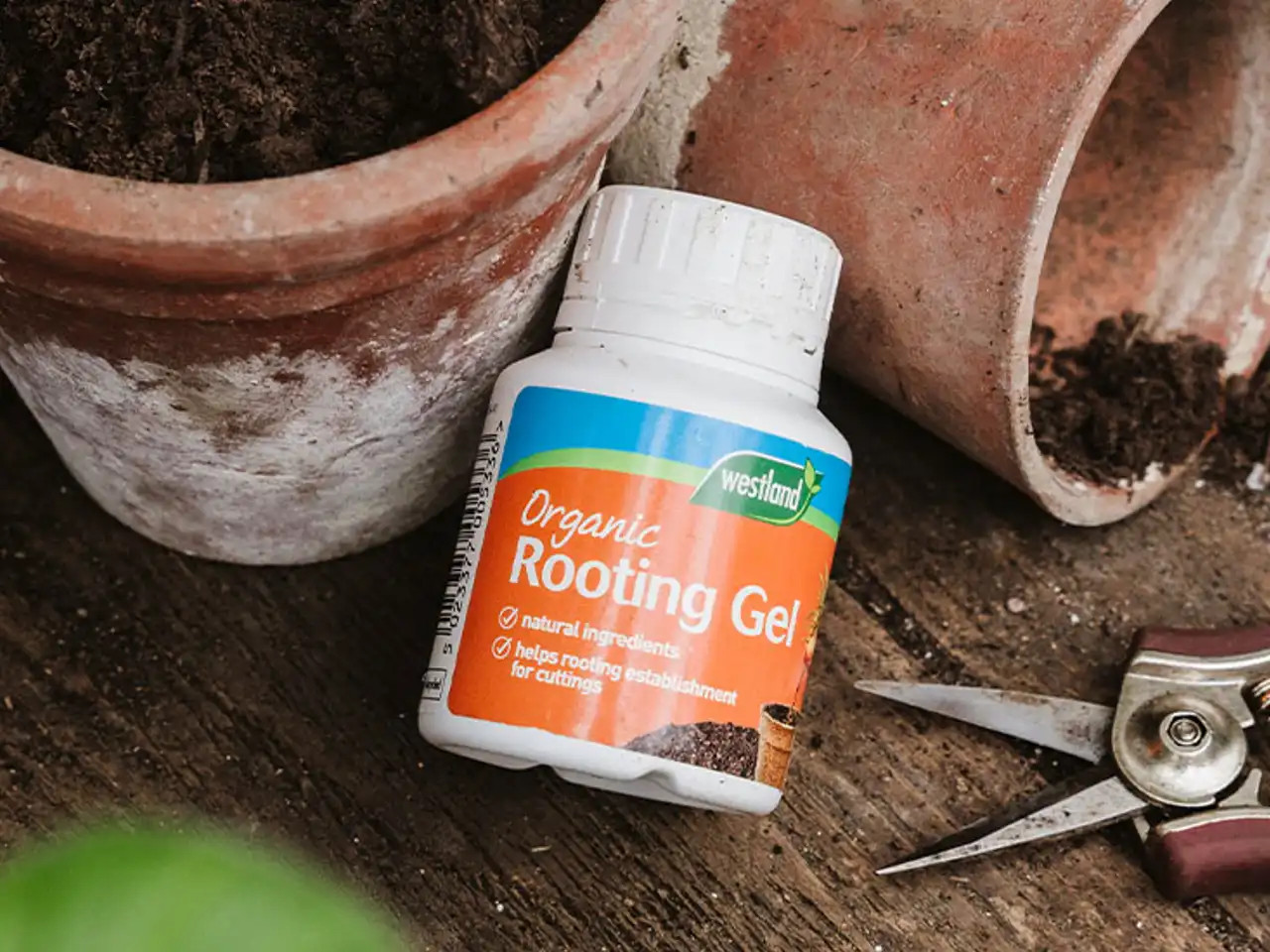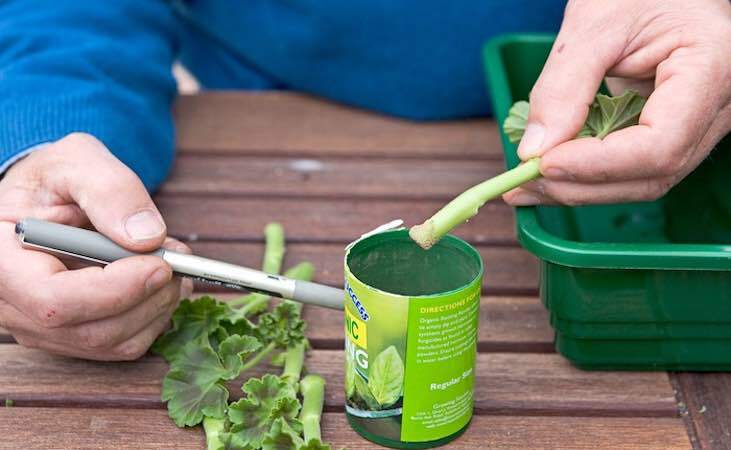How to Propagate a Plant From Cuttings

Plant propagation is creating new plants from existing plants. This can be done using seeds or bulbs, by taking cuttings from existing plants, or by dividing roots. Taking cuttings is by far the easiest way to propagate.
How to Propagate a Plant from Cuttings
The first step should always be choosing a strong and healthy plant to take cuttings from, as new plants grown from these cuttings will take on the characteristics of the parent plant. This is one main advantage cuttings have over propagating from seed, which can be a bit unpredictable.

Like seed propagation, cuttings require warm and moist conditions and adequate ventilation. The pot or container should be covered at first with a clear plastic cover; alternatively it can be placed in a propagator (heated or unheated).
An electrically heated propagator offers you the option of stable and accurately controlled temperatures, as well as adjustable ventilation.

Small Vitopod Electric Propagator Single or Double Height
View ProductWhere To Take Plant Cuttings From?
Cuttings can be taken from an existing plant's leaf, root, or stem.
Stem Cuttings
Taking stem cuttings is the most popular way of propagating ornamental plants and woody shrubs.
- Choose the healthiest stem to take a cutting from - preferably one with no buds on it.
- Take a stem cutting of around 3-6 inches (depending on the size of the plant).
- Remove the leaves from the bottom, leaving the leaves towards the top attached.
- Place in a pot or container with good seedling compost until roots have developed.
- Rooting hormones and gels are widely available for the cut ends to make them heal faster.

Organic Rooting Gel 150ml
View ProductLeaf Cuttings
A leaf cutting is propagated in much the same way as stem cuttings: it is cut carefully from a plant, planted in compost and watered thoroughly. With leaf cuttings, a leaf and its stem - or even just a piece of the leaf - are used for propagating.
- Take leaf cuttings from the healthier and more productive plants in the garden and use the healthiest looking leaf for your cutting.
- Pick a leaf that is fully grown and free of any pests or disease, and cut it along with around two inches of its stem.
- Dip stems in rooting hormones or gel, and plant in a pot with the tip of the leaf pointing outward.
The above method especially suits houseplants, as well as herbaceous and woody plants.

Another method of leaf cutting is called Leaf Vein Cuttings. This is where a leaf is cut into sections, each section containing a vein. The leaf can be then placed into the soil or compost with the cut vein side pointing down. Leaf vein cutting is great for propagating many plants from one.
Root Cuttings
Root cutting works like the other methods, but by cutting a section of the root of an existing plant. The root should be cut in the plant's dormant season. This root cutting will then grow and eventually form it's own shoots and root system. Some plants form the root system first, and others produce a shoot first.

Sophie Conran Precision Secateurs
View ProductThis method of propagating plants is better suited to fruit plants like blackberry, raspberry, and blueberry; as well as sumacs, lilacs, etc.
- Cut a section of the root about 3 to 6 inches long (again, choose a section that is as healthy looking as it gets).
- When cutting the root, make a straight cut on the end nearest the crown and a diagonal cut on the other end.
- Root cuttings should then be stored in a cool location for about 3 weeks in a rooting medium.
- When planting make sure to have the end with the diagonal cut pointing upwards.
The above method is usually reserved for outdoor use only.




